
The resources of scheelite in China are mainly sandstone type and composite type, which are often associated or symbiotic with non-ferrous metals such as molybdenum and bismuth. The particle size of the scheelite inlaid is relatively fine, and it is easy to be crushed during the grinding process. And the effect of gravity separation is poor, so the flotation method is often used.
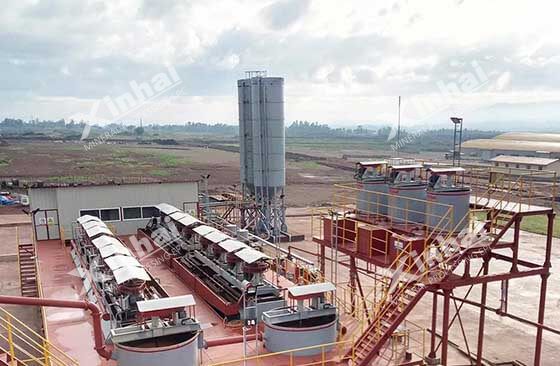
Scheelite flotation processes are divided into two stages: roughing and concentrating. The purpose of roughing is to maximize the grade of concentrate while concentrating is to make the grade of tungsten concentrate meet market demand. Therefore, the roughing and concentrating of the scheelite are carried out separately.
In order to obtain the scheelite concentrate to the maximum extent, the sodium carbonate method and lime flotation method are mostly used in the roughing stage. Although sodium carbonate and lime are both pH adjusters, their flotation principles are different.
1. Sodium carbonate flotation method
Sodium carbonate can be used as a pH adjuster and slurry dispersant, and can also precipitate metal ions in the slurry that have adverse effects on flotation, thereby improving the flotation index of scheelite.
Sodium carbonate flotation is mostly used for scheelite-quartz type ores.
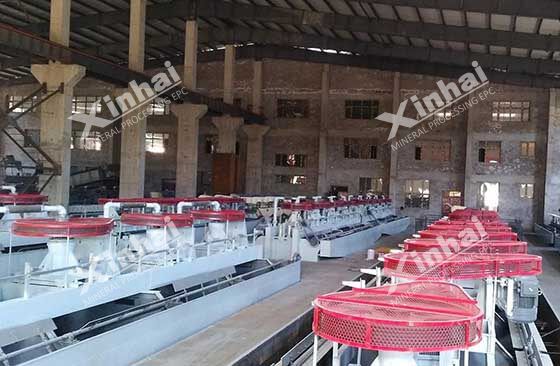
2. Lime flotation method
Calcium ions in lime are adsorbed on the surface of gangue minerals, changing the potential (charge from negative to positive) on the surface of gangue minerals, and then adding sodium carbonate to precipitate calcium ions on the surface of gangue minerals.
The surface of scheelite adsorbs calcium ions, but its surface charge remains negative and does not produce calcium carbonate precipitation. Therefore, the addition of inhibitors such as water glass only inhibits gangue minerals and has no effect on scheelite, thereby realizing the separation of scheelite and gangue minerals.
The lime flotation method is mostly used for the separation of scheelite-calcite-fluorite type ores, but the calcium ions produced by the lime flotation method will increase the consumption of fatty acid collectors.
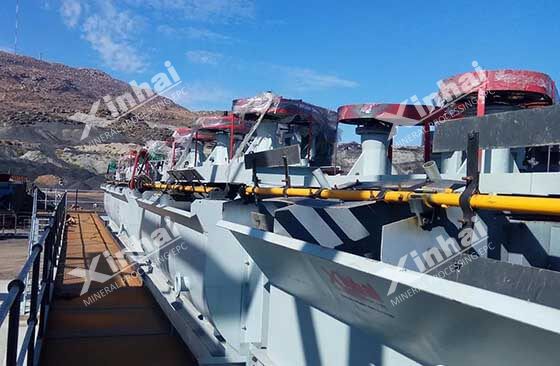
The main purpose of scheelite concentrating is to separate calcium-containing gangue minerals from scheelite. The concentrating process of scheelite can be divided into two types: normal temperature method and heating method.
1. Normal temperature flotation method
The normal temperature flotation method of scheelite mainly adopts the mixed collector flotation method. In the early stage, single collector flotation was generally used, but the effect often failed to meet the ideal requirements. Studies have shown that the flotation effect of using mixed collectors is better than using single collectors.
The mixed collector flotation process mainly uses an alkaline medium (sodium hydroxide, sodium carbonate) for slurry adjustment, and water glass is combined with macromolecular organic inhibitors such as baking glue and tannin as combined inhibitors for scheelite flotation.
The normal temperature flotation method uses an alkaline medium to adjust the pulp, which is conducive to the dispersion of the ore particles in the pulp, and the cost is low. However, this process is not very adaptable to ore, and the flotation index fluctuates greatly. The grade of scheelite concentrate is generally about 55% to 60%, which is mostly used for the separation of quartz vein scheelite ores.
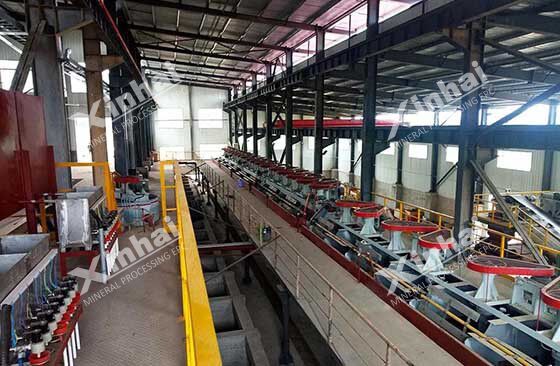
2. Heating flotation method
Before the scheelite heating flotation method, the concentrate obtained by roughing should be concentrated first. When the pulp concentration reaches 60%-70%, a large amount of water glass is added to the pulp. Then the heating flotation method is carried out, stirring at high temperature, and then the pulp is diluted for normal temperature flotation to realize the separation of minerals. In this process, since different mineral surfaces have different desorption rates of collector films, the inhibition of minerals is also different.
The heating flotation method has high working environment temperature, poor environment, and high cost. In addition, its technological process is complicated and difficult to operate. It is mostly suitable for the separation of scheelite ores with high calcium content and low tungsten content.
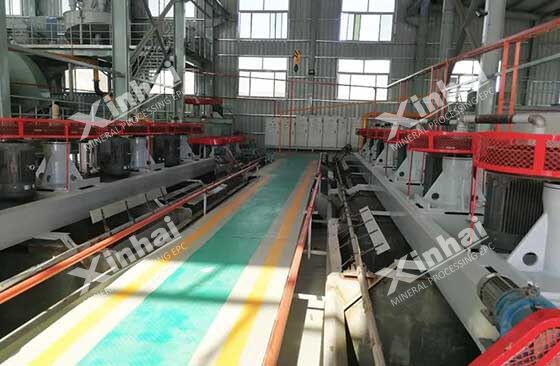
The above is the introduction of the scheelite flotation process. In the scheelite beneficiation process, in order to obtain qualified tungsten concentrate, several processes are often required to cooperate together to achieve the goal. Therefore, in order to obtain high-quality scheelite concentrate, it is not possible to blindly choose the process flow. It is necessary to conduct a beneficiation test first and customize a process flow that conforms to the actual situation according to the test results.
To find out more about our products and solutions, please fill out the form below and one of our experts will get back to you shortly.